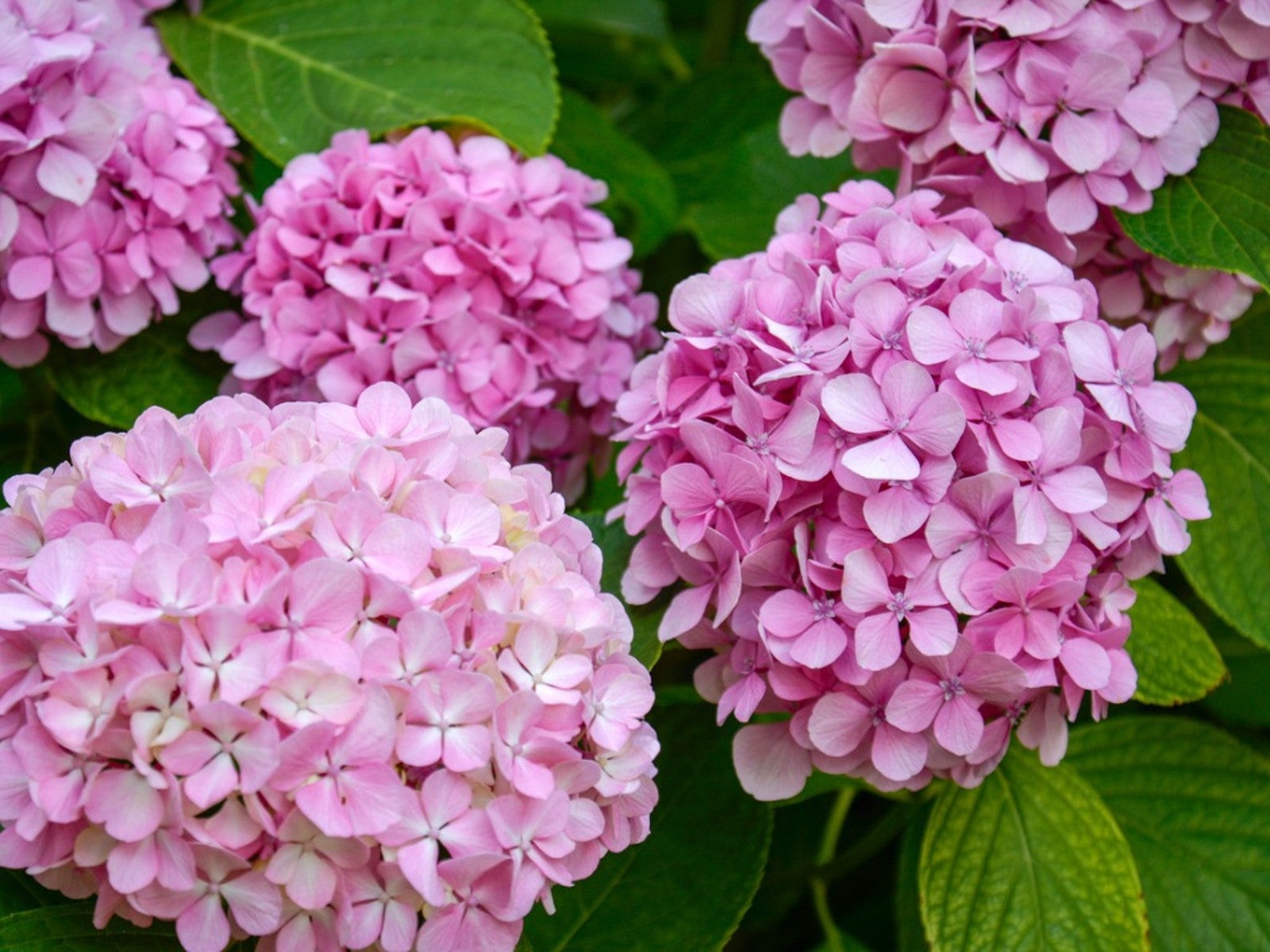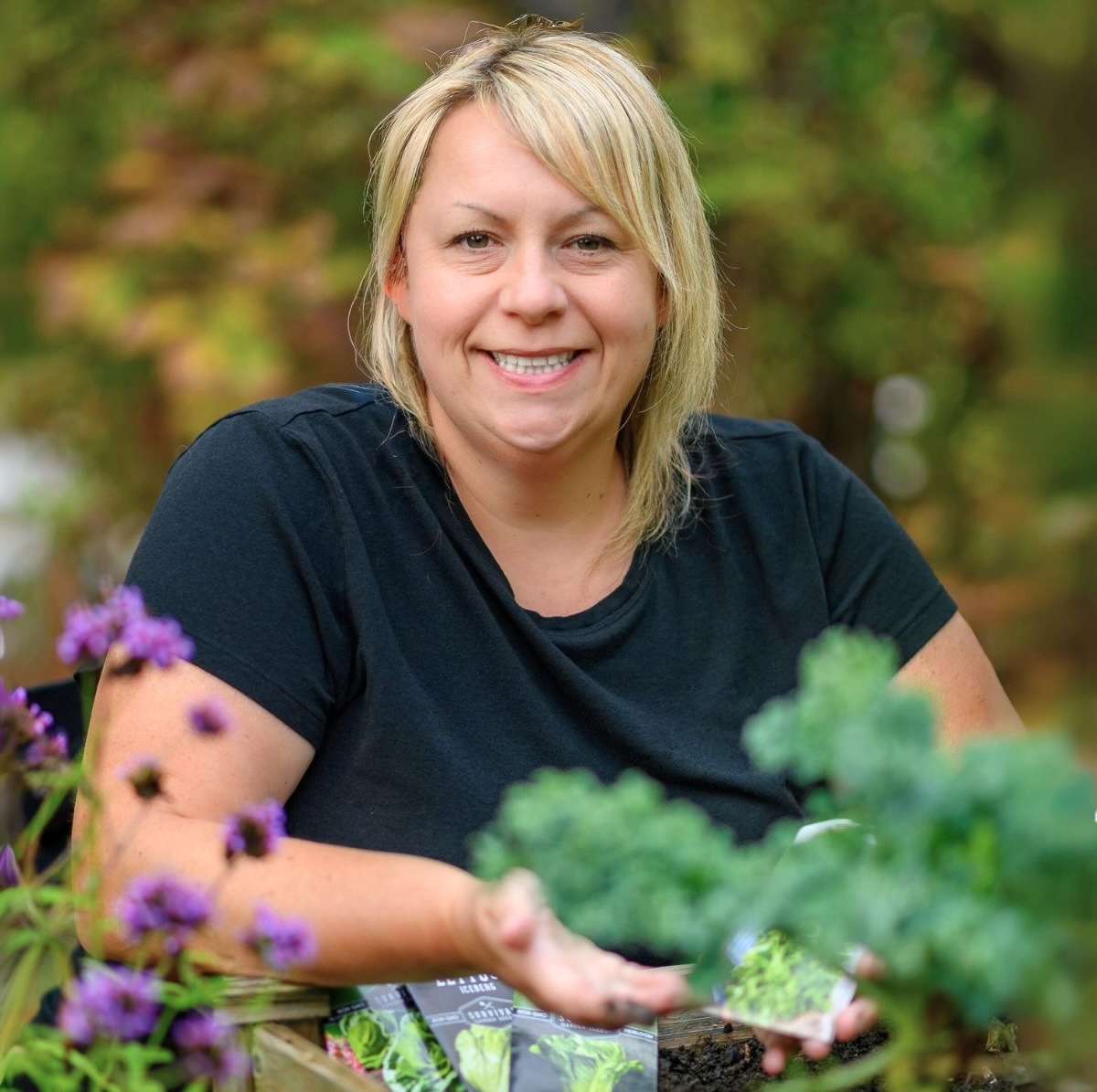Easy To Grow Hydrangeas For Every Landscape



If you are often left with leafy hydrangeas that fail to bloom or plants that wilt under the stress of heat and sun, there's hope. While some hydrangea types are infamous for being picky and leave you disappointed, some hydrangea species are reliable bloomers that thrive in a wide array of conditions.
Keep reading to learn more about these easy to grow hydrangeas that are not only hardy but bloom reliably each and every year.
Oakleaf Hydrangea
One of the easiest hydrangea types to grow is the oakleaf hydrangea (H. quercifolia).
The leaves are shaped much like leaves of an oak tree, hence its name. These medium to dark green leaves can grow up to 12 inches (30 cm.) wide with a dramatic color change in the fall to shades of red or burgundy. This is one of just a few types of hydrangea that can offer showy fall color.
Unlike common types of hydrangeas, the oakleaf types can tolerate both sun and shade, enjoy dry soil, and are relatively disease and pest resistant. Plus, they will easily endure the coldest of winters without protection.
These Southern United States natives begin to bloom early in the summer with their unique cone-shaped blossoms often growing up to 12 inches (30 cm.) long. The white flowers then age to deep pink or red.
These plants bloom on old wood, meaning the flower buds are produced the prior season. Many hydrangeas succumb to winter damage and the buds are killed, resulting in a lack of bloom. But not the oakleaf. The ultra hardy plants will bloom consistently each and every year. Because they bloom on old wood, we do not recommend pruning this group. Spent flowers may be deadheaded right after they fade but it is not necessary.
Sign up for the Gardening Know How newsletter today and receive a free copy of our e-book "How to Grow Delicious Tomatoes".
There are many varieties of this species, including those that grow upwards of 10 feet (3 m.) tall and wide with some miniature types maturing at just 3-4 feet (0.9-1.2 m.) tall.
The oakleaf hydrangea is hardy in USDA zones 5 to 9.
Panicle Hydrangea
Panicle hydrangeas (Hydrangea paniculata) are just as easy to grow as oakleaf hydrangeas, but they do benefit from a bit of spring pruning.
Even with this extra work, they do have one leg up on the oakleaf counterparts. Not only are panicle hydrangeas available as shrubs, they are also available in grafted tree forms, which makes them more flexible in the landscape.
The panicle group can be grown out in full, direct sun but will also tolerate some shade. Unlike other common types of hydrangeas, panicle types can also tolerate soil on the drier side.
Use these upright shrubs as a specimen plant or a flowering hedge, or to hide unsightly views such as air conditioners and utility boxes. Tree forms also make a terrific choice to flank the sides of an entrance, or as the focal point in a perennial garden.
This easy to grow, adaptable species blooms on new wood only. So, basically, no matter what kind of harsh winter conditions occur, this plant will bloom consistently each and every summer. It is best to prune this group right after new growth begins in the spring.
Their huge, almost football-shaped flowers often open in shades of white or even green fading to pink or red as the season progresses. The blooms last until frost resulting in months and months of delightful flowers.
The most popular panicle variety of all time is Hydrangea "Limelight." The flowers open in celadon green, then change to white and finally fade to shades of pink, red and burgundy throughout the season. This variety is a great choice for those wanting height as it can grow upwards of 8 feet (2.4 m.) tall.
Also growing tall is "Quick Fire." The flowers open earlier than other panicle varieties and they are well loved by our pollinating friends.
If you are short on both vertical and horizontal space, there are many newer varieties such as "Bobo" that really pack a punch at just 3 feet (0.9 m.) tall.
Panicle hydrangeas are hardy in USDA zones 3 to 8.
Smooth Hydrangea
Hydrangea arborescens, also known as smooth hydrangea, is a favorite of southern gardeners as it can tolerate hotter climates. It is also very hardy for those in the north.
These hydrangeas are prized for their extra large blooms, some the size of basketballs, that open white with some aging to a lush jade green, persisting through frost.
This species is often grown as hedges, but even one plant in your landscape will provide that WOW factor you are looking for.
"Annabelle" is the most widely recognized variety. However, its stems have a tendency to flop from the weight of the blooms, so staking may be necessary.
Luckily, there have been new and improved introductions with strong, sturdy stems that often stay erect and upright all season long. One such variety to consider is "Incrediball." This plant with super-sized flowers is easy to grow fulfilling the need for a medium-sized shrub in the landscape. "Incrediball" grows to around 4-5 feet (1.2-1.5 m.) tall and wide.
This species also blooms on new wood, resulting in dependable bloom each summer. Prune these shrubs back in later winter or early spring to not only promote sturdier stems with abundant blooms but to keep the plants at a more manageable size.
Smooth Hydrangeas are hardy in USDA zones 3-8.
Planting
Many of the easy to grow types I had mentioned are adaptable in the landscape but to ensure the best success, you will want to give them the best possible start and that begins at planting. Amending the soil with organic matter and an application of fertilizer will get these plants off to a great start. Plus, a bit of annual spring maintenance will help achieve healthy and robust plants.

Amy Draiss, Digital Community Manager at Gardening Know How since 2021, seamlessly blends her hands-on gardening experience with a digital green thumb. With roots in family landscaping and management at a garden center, Amy has cultivated expertise in plants, supplies, and customer relations. Residing in the Midwest, Amy tends to her two-acre haven, showcasing a diverse range of trees, shrubs, and perennials. As the Hydrangea Queen, she shares her love for these blooms and imparts gardening wisdom through videos and social media. Beyond gardening, Amy enjoys quality time with her family, travel, and theme parks. Amy's mission is to inspire and advise plant enthusiasts, fostering flourishing gardens for both seasoned and budding gardeners alike.